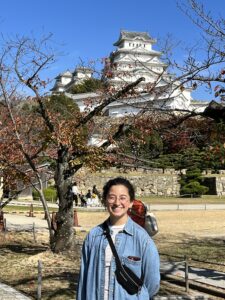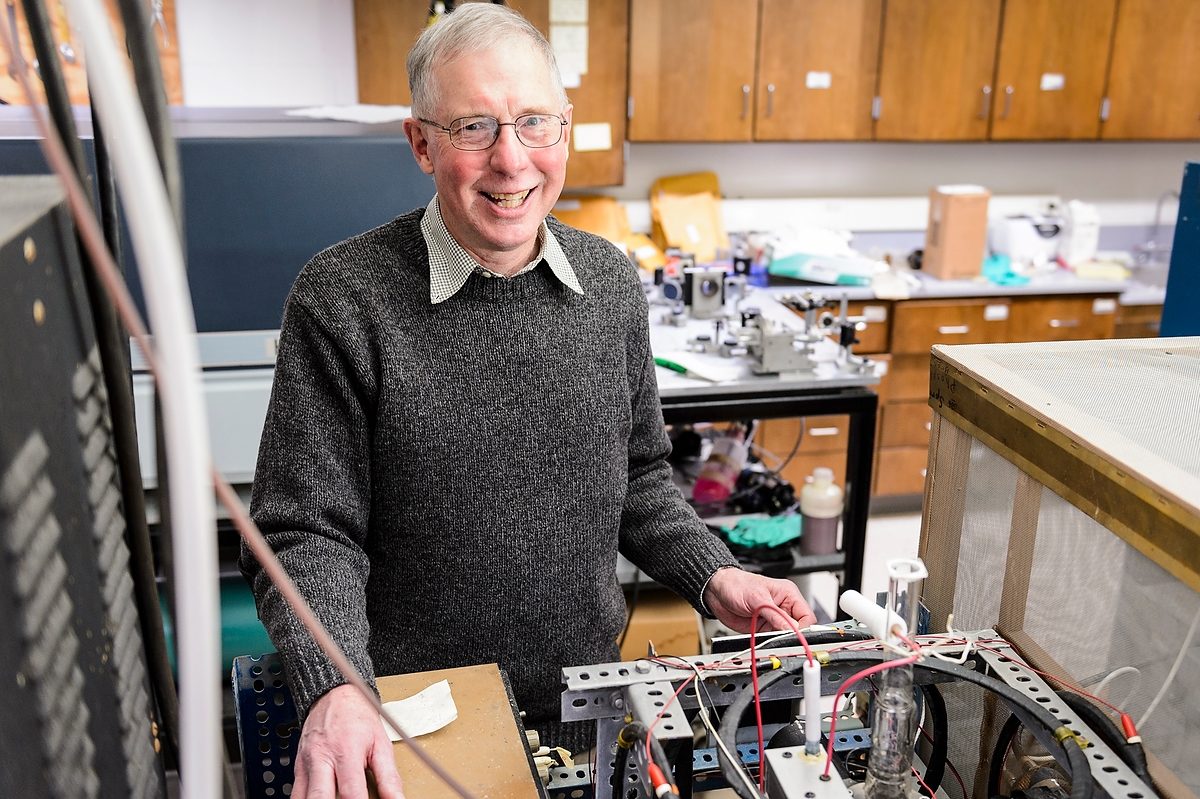
Congrats to Physics PhD student Zain Abhari for being selected to the SACLA Research Support Program for Graduate Students. The one-year internship run by SACLA (the SPring-8 Angstrom Compact free electron LAser) accepts graduate students with a demonstrated interest in using X-ray free electron lasers (XFELs) for their research and provides them with training and beam time at the facility in Japan.
Prior to her acceptance in the program, Abhari had already spent time at SACLA as part of her research in Uwe Bergmann’s group. While there, her collaborator told her about the program and recommended she apply.
“My goal after the PhD is to work at one of these large-scale facilities, specifically the X-ray free electron lasers and there’s only six of them right now in the world,” Abhari says. “If I can get my foot in the door in Japan, or get the experience to then help me with any of the other ones, that would be pretty awesome.”
Abhari was also interested in the program because SACLA’s laser aligns well with the goals of her thesis research, which is to obtain intense, stable XFEL pulses to apply to different spectroscopy techniques. For about the past decade, XFEL has allowed researchers to make ultrafast movies of molecular changes, essentially helping them to see chemical reactions take place. But x-ray lasers are “dirty,” and they contain multiple wavelengths of light of varying intensity. Last year, Bergmann and his colleagues somewhat accidentally discovered a way to make the pulses cleaner through two intense, femtosecond-spaced pulses.
Even though the researchers think they know how the useful pulses work, producing and controlling them are a completely different story — and one that Abhari hopes to unravel in her research.
“Right now, they’re just random,” Abhari says. “So the goal is to understand them. And then if we understand them, can we control them? If we can control them, can we apply them?”
Abhari will travel to Japan for three months beginning in September, where the program provides on-campus housing and time on the laser. Without the access she is now granted by this internship, her research would have been much more focused on short rounds of data collection followed by off-site data analysis.
“Now, I can get my hands on the laser and collect data to try to understand parameters that allow us to get the specific output we’re looking for,” Abhari says. “I have data that allude me to what those parameters will be, but now in real time, I can be like, ‘If I do this, I see this; if I do that, I see that.’”
In addition to her thesis research, Abhari will be working with her SACLA collaborators on a machine learning project to optimize beam focusing, and helping learn about and improve a portable beam nanofocusing apparatus.
